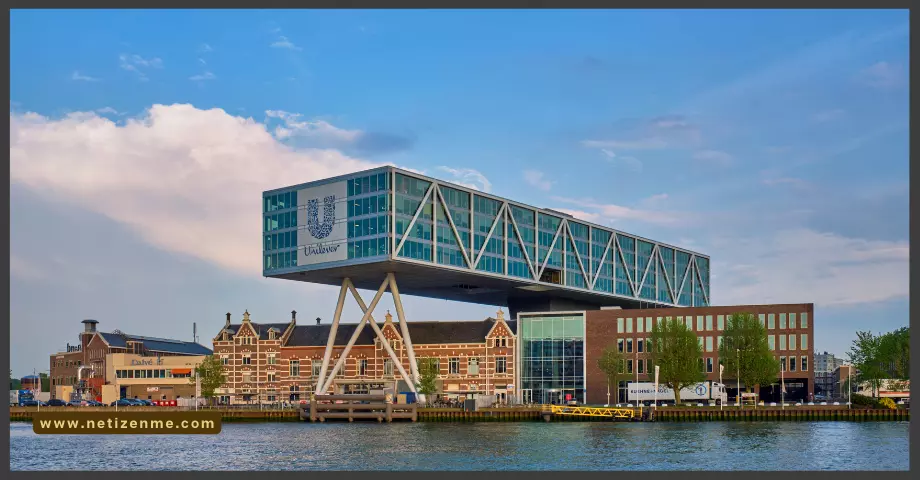Strategic planning has significantly transformed in today’s rapidly changing business environment. This shift reflects the need for organizations to remain agile and adaptable in constant disruption. This article explores how modern strategic planning has evolved and the key factors driving this change.
Modern Strategic Planning
Embracing Agility
Modern strategic planning prioritizes agility over rigidity. Long gone are the days of multi-year plans set in stone. Instead, organizations recognize the importance of flexibility and responsiveness to market dynamics. This shift allows businesses to pivot quickly in response to changing circumstances, ensuring they stay ahead of the curve.
Data-Driven Decision-Making
Data has become the cornerstone of modern strategic planning. With the proliferation of advanced analytics tools, organizations can gather, analyze, and interpret vast amounts of data to inform their decision-making process. By harnessing the power of data, businesses gain valuable insights into market trends, customer preferences, and competitor behavior, enabling them to make more informed strategic choices.
Collaboration Across Silos
Another significant change in modern strategic planning is the emphasis on cross-functional collaboration. Rather than operating in silos, departments work together seamlessly to share insights and expertise. This collaborative approach fosters innovation and ensures that strategies are aligned with the organization’s broader goals. By breaking down barriers between departments, businesses can tap into the collective intelligence of their teams, leading to more effective strategic outcomes.
Customer-Centric Focus
In today’s hyper-competitive landscape, customer-centricity is more critical than ever. Modern strategic planning revolves around understanding and meeting the customer’s needs. Organizations can tailor their products, services, and experiences to deliver maximum value by gathering feedback and data on customer preferences. This customer-centric approach drives customer satisfaction and enhances brand loyalty and long-term success.
Harnessing Technology
Digital transformation has revolutionized modern strategic planning. Organizations leverage automation, artificial intelligence, and machine learning technologies to streamline processes and gain a competitive edge. These technologies improve operational efficiency and enable businesses to deliver more personalized experiences to their customers. By embracing digital innovation, organizations can stay ahead of the curve and drive growth in an increasingly digital world.
Integrating Sustainability
In recent years, there has been a growing recognition of the importance of environmental and social responsibility in strategic planning. Organizations now understand that they are responsible for addressing pressing global challenges such as climate change and social inequality. By incorporating sustainability into their strategies, businesses can mitigate risks and create long-term value for society and the planet. This shift towards sustainability reflects a broader recognition of the interconnectedness of business, culture, and the environment.
How has modern strategic planning changed?
In conclusion, modern strategic planning has significantly transformed in response to the evolving business landscape. From embracing agility and data-driven decision-making to fostering cross-functional collaboration and prioritizing customer-centricity, organizations are adapting their approaches to stay ahead of the curve. By harnessing the power of technology and integrating sustainability into their strategies, businesses can navigate uncertainty and drive growth in the years to come.
FAQs on Modern Strategic Planning
Modern strategic planning is a dynamic process that involves setting goals, determining actions to achieve those goals, and allocating resources effectively. Unlike traditional approaches, modern strategic planning emphasizes agility, data-driven decision-making, collaboration, and customer-centricity. It involves continuously assessing market dynamics, adapting to changes, and aligning strategies with the organization’s broader goals.
The role of the strategic planner has evolved significantly over the past several decades. Previously, strategic planners primarily focused on long-term planning and creating detailed, rigid plans. However, in today’s fast-paced business environment, strategic planners must be more agile and adaptable. They must embrace data-driven decision-making, collaborate across functional boundaries, and prioritize customer-centricity. Additionally, strategic planners now play an integral role in driving innovation and digital transformation within organizations.
Technology has revolutionized strategic planning by providing organizations with vast data and advanced analytics tools. This enables organizations to gather insights into market trends, customer behavior, and competitor strategies. Additionally, technology facilitates collaboration and communication, allowing teams to work together more effectively. Automation, artificial intelligence, and machine learning are crucial in streamlining processes and providing real-time insights, enabling organizations to make faster, more informed decisions.
To change its strategic plan, a company could start by reassessing its goals and objectives in light of changing market conditions, customer needs, or internal capabilities. It could then revise its strategies and tactics, considering new opportunities and potential risks. Collaboration across departments is essential to ensure alignment and buy-in from key stakeholders. Additionally, the company should regularly monitor and evaluate the implementation of the new strategic plan, making adjustments as needed to ensure continued success.
Read more on how has modern strategic planning changed:
The Fall and Rise of Strategic Planning – Harvard Business Review
The Importance of Strategic Planning With Modern Trends
This article is written by:
Our professional writers and editors are passionate about sharing high-quality information and insights with our audience. We conduct diligent research, maintain fact-checking protocols, and prioritize accuracy and integrity to the best of our capacity.
You can cite our articles under the author name "Netizenme"





